Picture of the week
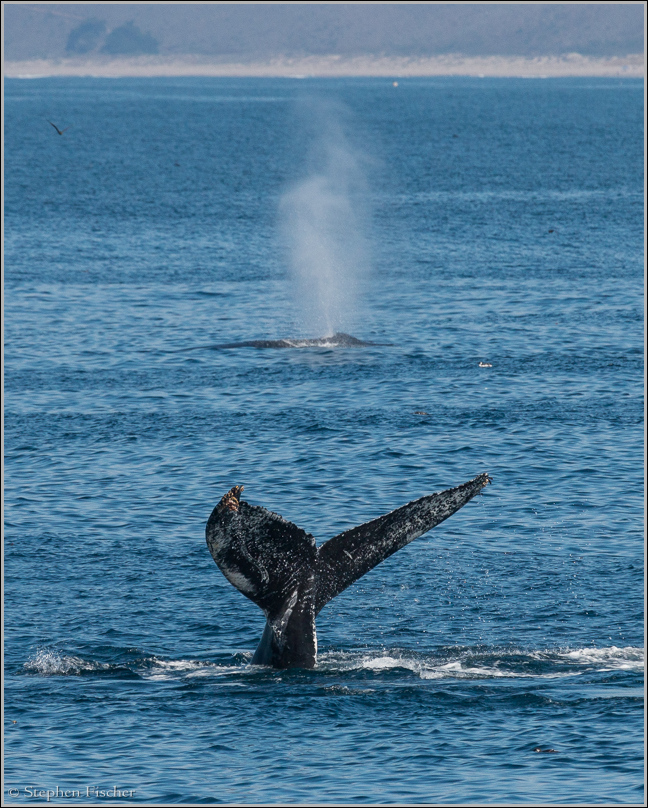
Humpback whales of Monterey Bay
This previous week I traveled with Mojgan along the Pacific coast from Pigeon Point up north, all the way down to Monterey in the south, staying at hostels at each location. After seeing the joint PBS/BBC special “Big Blue” a few weeks back, I was interested in another visit to the Monterey Aquarium along with taking a whale watching cruise. We ended up taking a morning cruise from the Monterey pier through Princess Monterey Whale Watching after making reservations the week before. This cruise did not disappoint, seeing 30-50 humpback whales over the course of the 2.5 hour cruise, with most being in the middle hour. Apparently 2015 has been a good year for whale watching in Monterey Bay. Our boat was on the larger side at about 100 feet, and I believe that this had the advantage of better access to both sides for observing the whales, along with being more stable when out in the larger swells in the middle of the bay. Most of the whale sightings were on the edge of the submarine canyon off of Moss Landing, although we also spotted one near the wharf area immediately after departing the inner harbor. It took our boat about 45 minutes to reach the deeper canyon area from our port at the south end of the bay. I noted some smaller boats had closer access coming directly from the harbor at Moss Landing, but these boats seemed to be smaller and more packed with people, which I would expect to constrain the photographic opportunities and ability to keep your gear dry.
For my photography I used the Canon EOS 100-400mm L f/4.5-5.6 IS telephoto lens on an EOS 70D body. I used a skylight filter on the lens to protect it from sea spray. This setup ended up being the right balance, allowing flexibility on the zoom range based on how close the whales were to the boat. In some cases a group would surface quite close, requiring me to back off the zoom all the way to 100mm in order to fit them all in the frame. Given how the boat rocked, the size of these whales, and that many times the humpbacks would be clustered in groups, I tried to keep the shutter speed above 1/1200th of a second and an aperture between f/8 and f/11 in order to have enough depth-of-field. Also, the image stabilization on the lens certainly helped in this shooting situation. I used the camera burst mode in many cases to improve my chance of getting a good image, as the boat and the whales are both moving, so trying to time and compose your shots is more difficult.
The typical movement pattern of the humpback whales that I observed would be to first find them through their spout shooting into the air in the distance as they swam in straight lines. They typically would stay on the surface for about 5-10 minutes before diving down. While on the surface, and being so heavy, not much of the whale protrudes above the water. But immediately before diving they will arch their enormous bodies, exposing first their blow-holes, followed by the rest of their bodies, with the tail ultimately projecting into the air at a mostly vertical position as they descend into the deep, going hundreds of feet down. When swimming as a group, it would seem the lead whale is the first to dive, and the others will follow in quick succession. The humpbacks may stay down during their dives for about 5-8 minutes looking for fish before surfacing again. According to the tour company marine biologist on the boat, they can swallow up to 150 pounds of herring or sardines during one of these dives.
The pilot of the boat did a good job of predicting good locations for observing them, sometimes via a happenstance drift toward their path, enabling some quality close-ups, while not interfering with their activities. In some instances the whales would approach the boat as we drifted on a parallel or diagonal line, eventually overtaking us, and not seemingly bothered by our presence. There were plenty of “oohs” and “ahhs” from the observers on deck during these encounters. Although I did not witness any bubble feedings or breeches out of the water, it was nonetheless spectacular to get so close and able to capture some photographs of these enormous creatures. All the more reason to take some additional whale watching cruises in the future.
Interestingly, at the end of the day while standing at the outside overlook from the inside of the Monterey Bay Aquarium facility after my visit there, I spotted a dead humpback floating about 100 yards off. It looked like decomposition had already started given one seagull was already feeding on it. But I did not see any other large fish like orcas or sharks that I think would normally be interested in this large seafood buffet. I talked to one of the aquarium staff about this dead whale and apparently it was just spotted an hour before, and they were uncertain as to the cause of its death, as nobody had yet gone out on a zodiac for a closer inspection. Looking at some close-ups that I captured with my 400mm lens, there appear to be some large chunks taken out of its skyward side. It is not clear to me if this is from a predator like an orca beforehand, or after the fact and the whale had rolled over since then. Perhaps they are marks from a propeller screw due to a ship strike, or just cavities created from other birds that have feasted on this whale earlier?
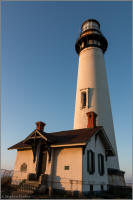 |
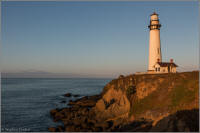 |
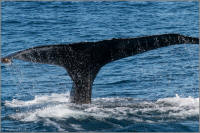 |
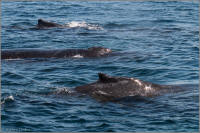 |
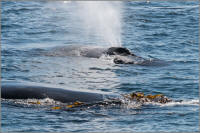 |
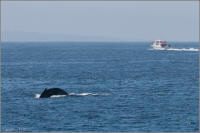 |
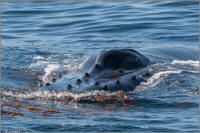 |
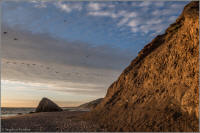 |
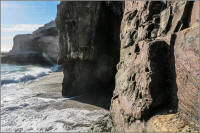 |
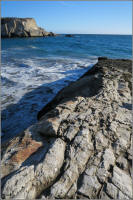 |
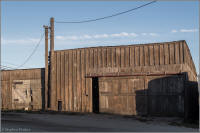 |
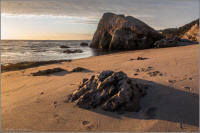 |
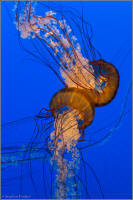 |
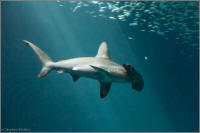 |
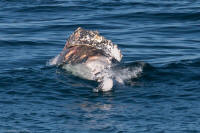 |
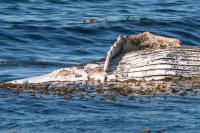 |
All content and images are property of Stephen Fischer Photography, copyright 2010-2015. Last updated: 9/21/2015 ()
 Sept
13, 2015
Sept
13, 2015 Sept
6, 2015
Sept
6, 2015 July
19, 2015
July
19, 2015 July
5, 2015
July
5, 2015 May
31, 2015
May
31, 2015 May
3, 2015
May
3, 2015 April
26, 2015
April
26, 2015 Apr
5, 2015
Apr
5, 2015 Mar
22, 2015
Mar
22, 2015 Mar
8, 2015
Mar
8, 2015